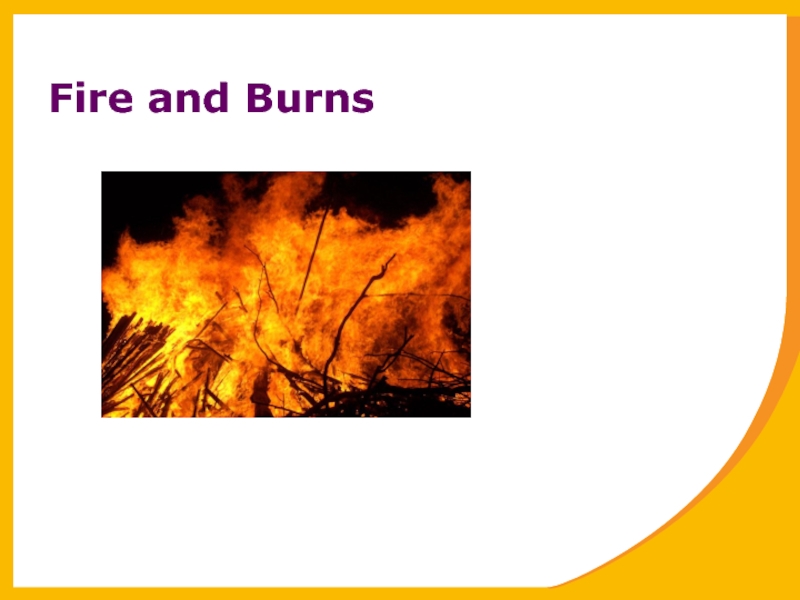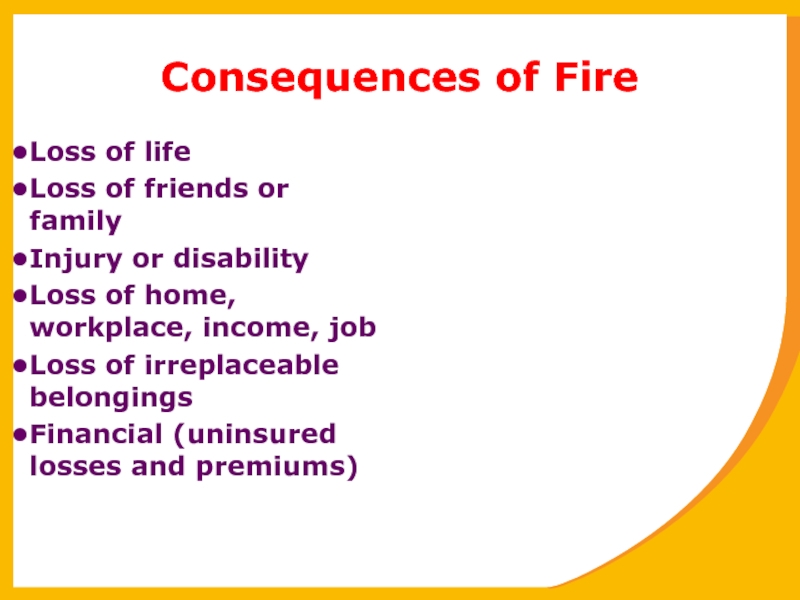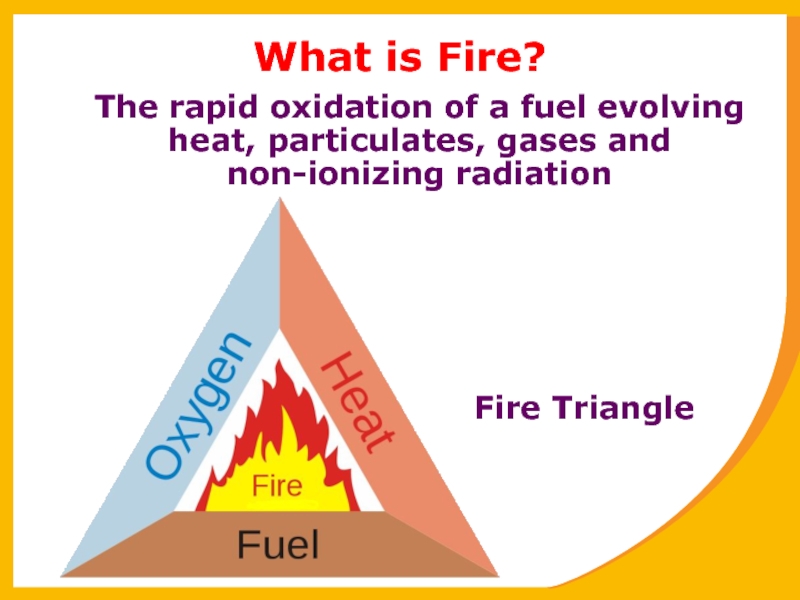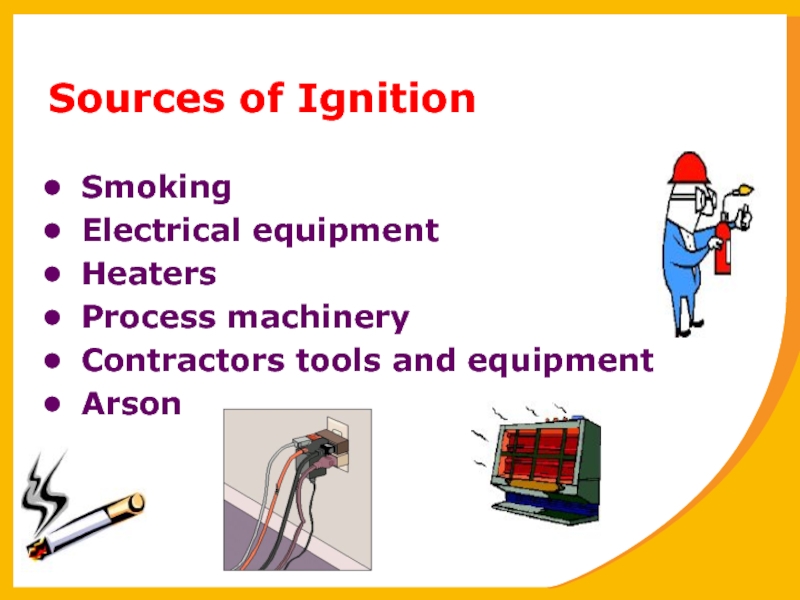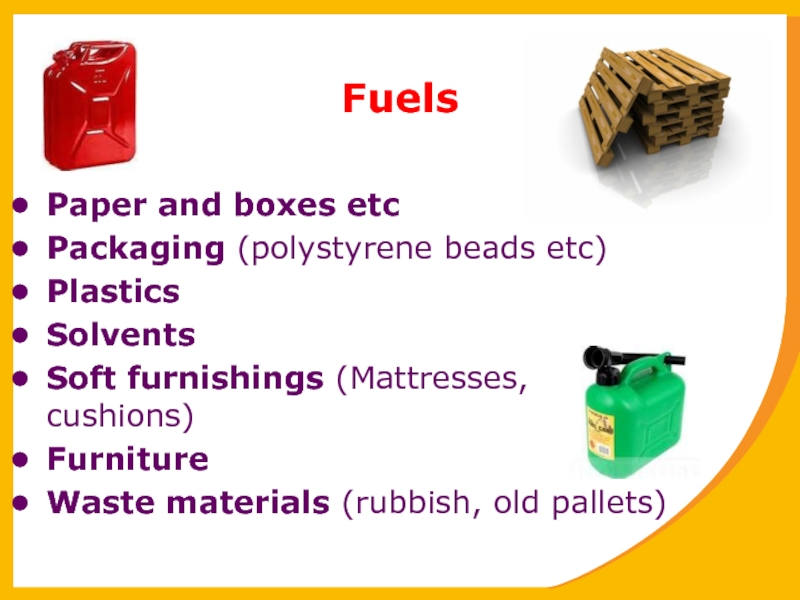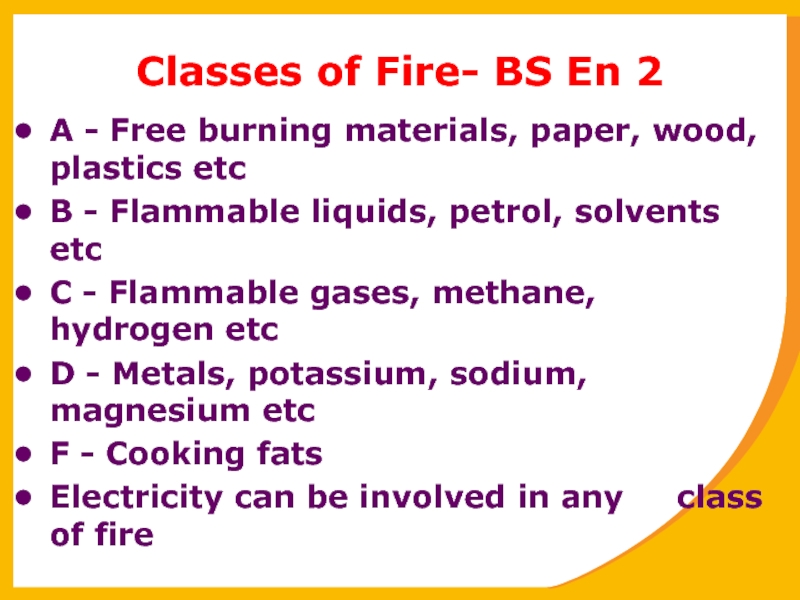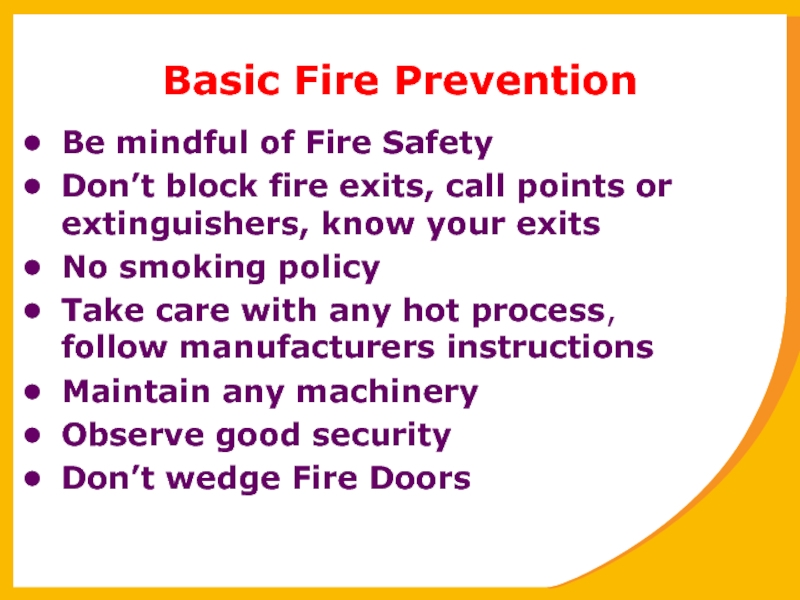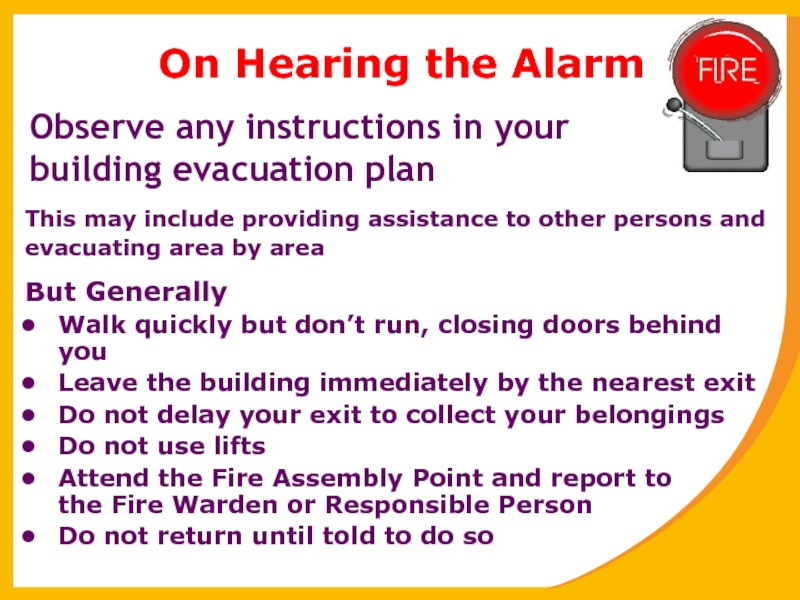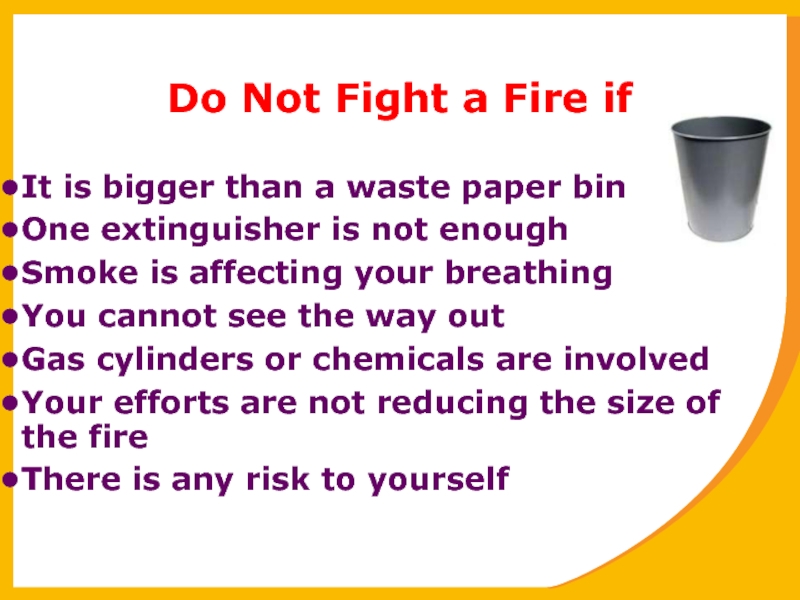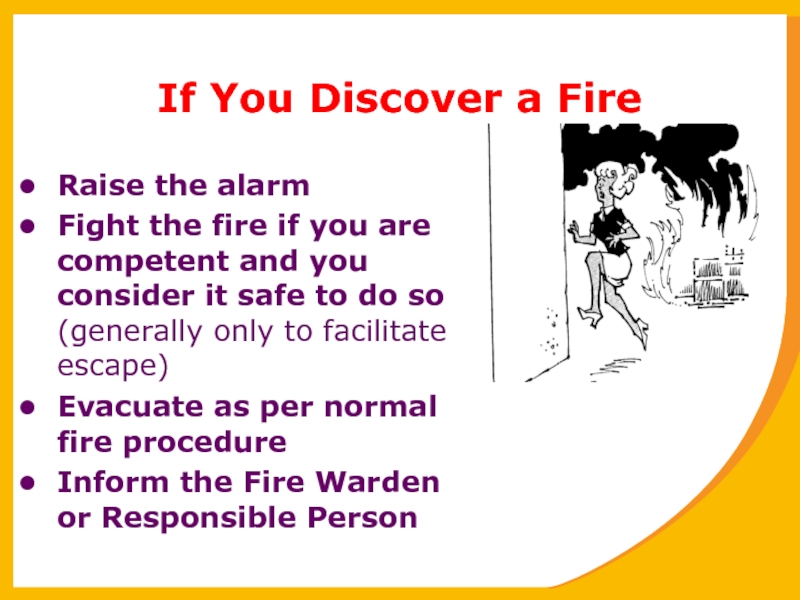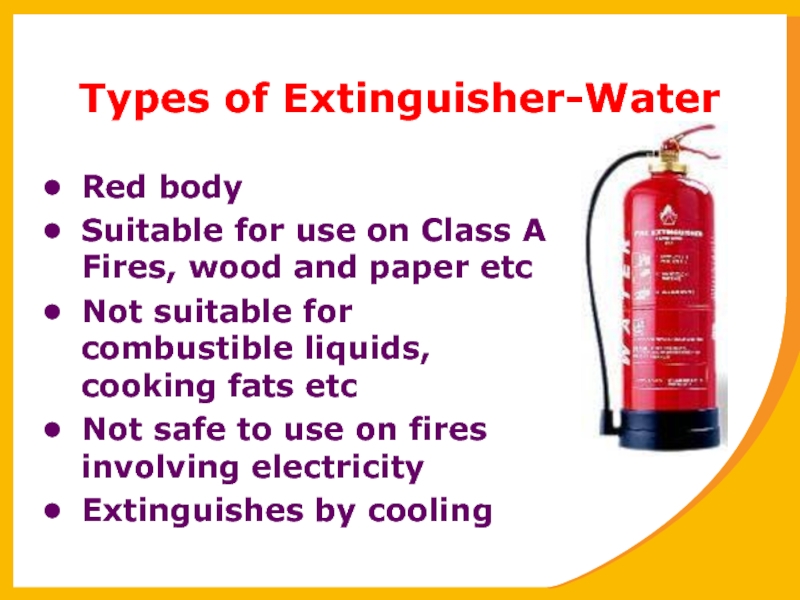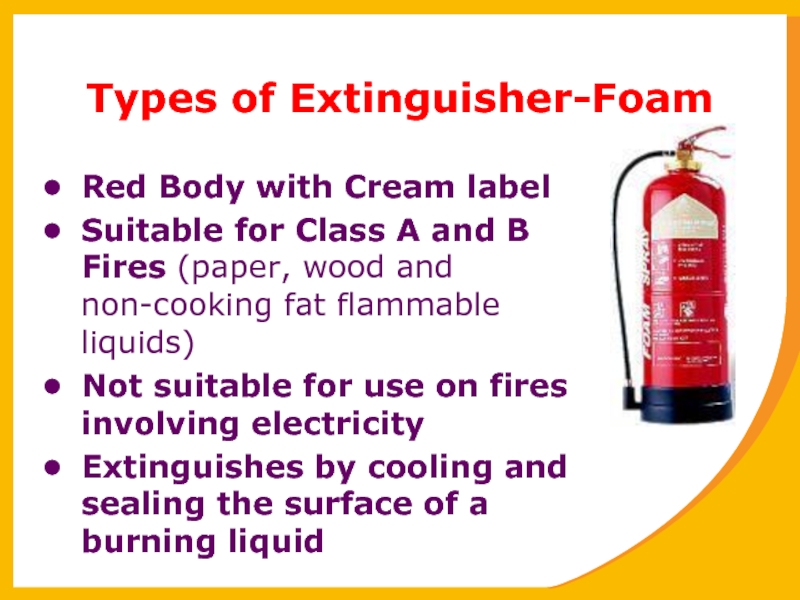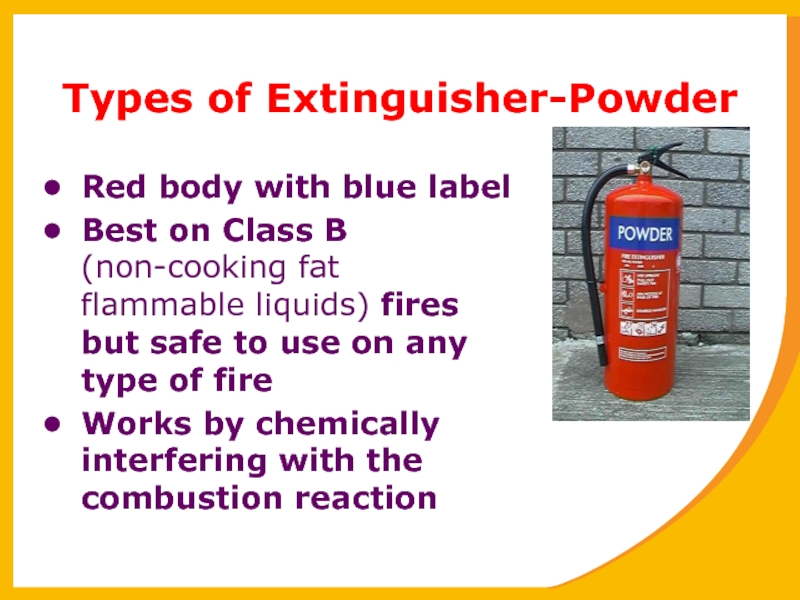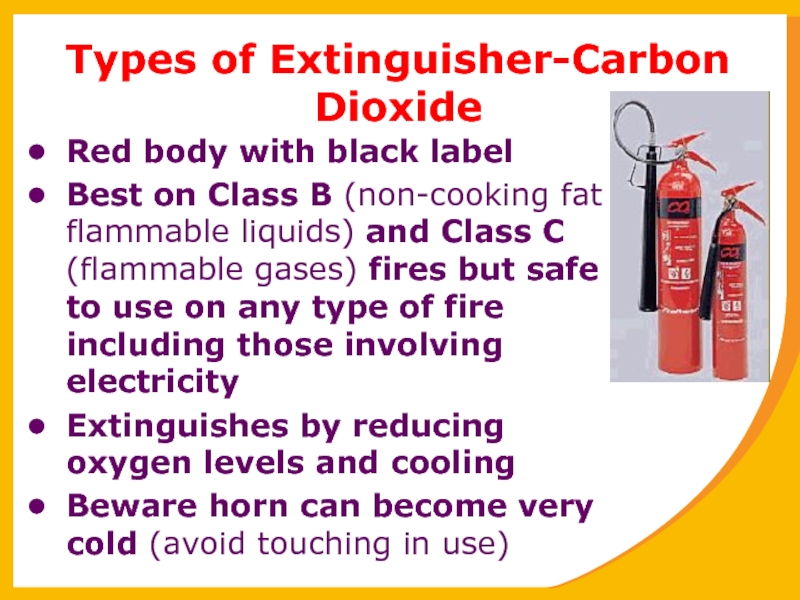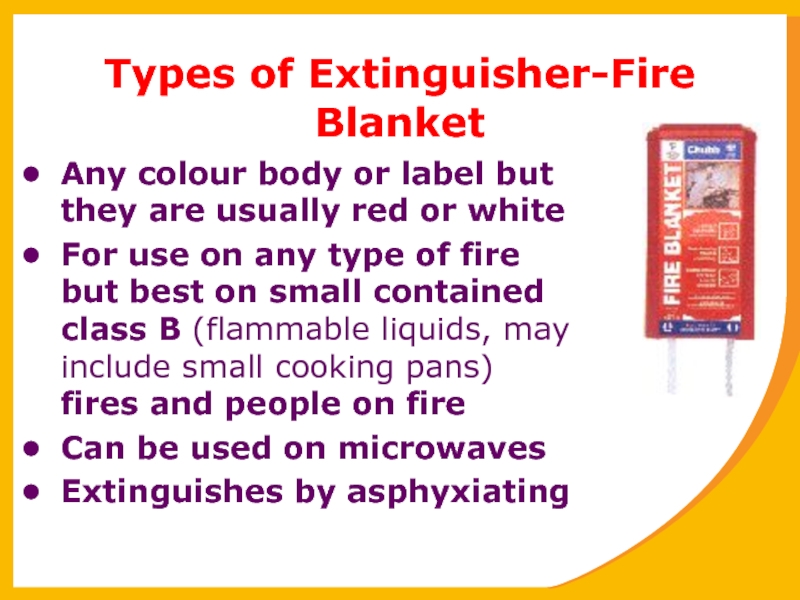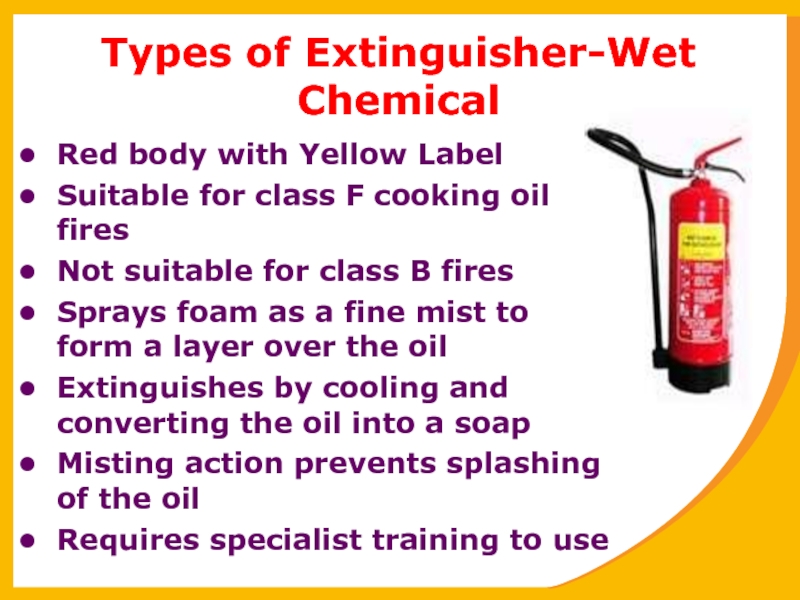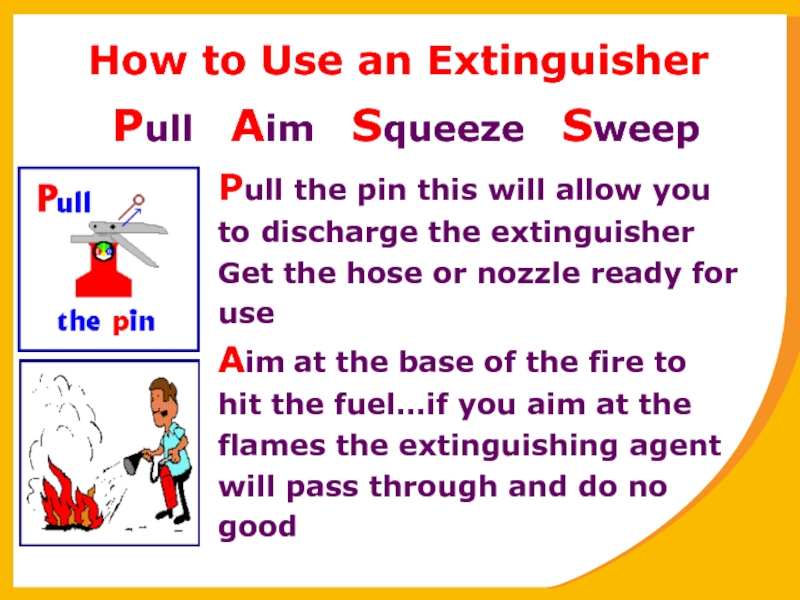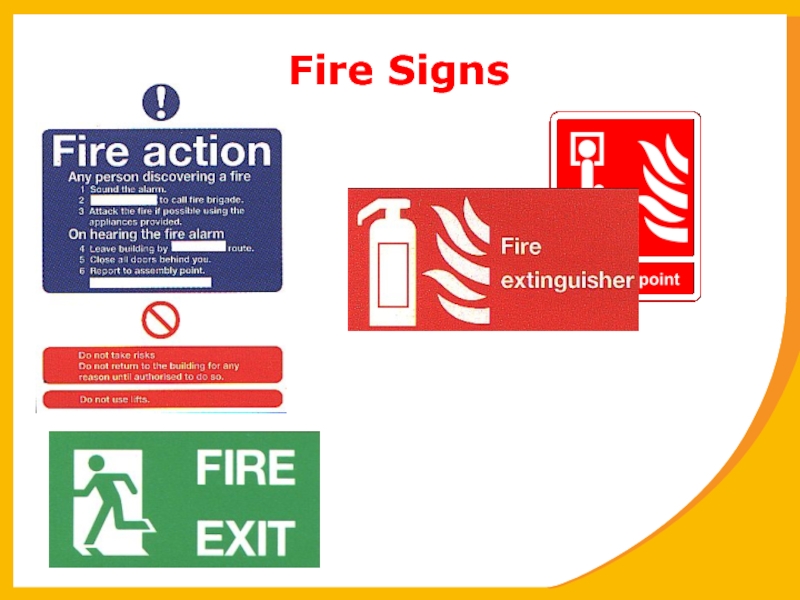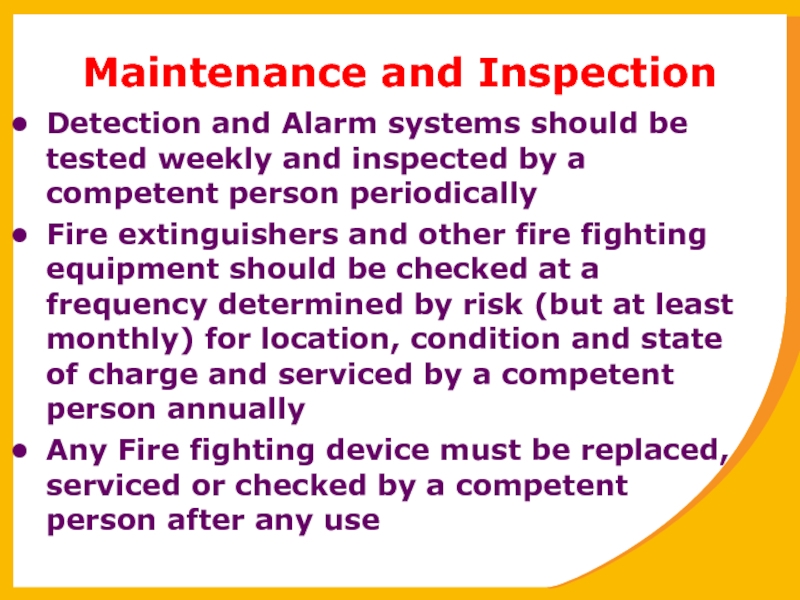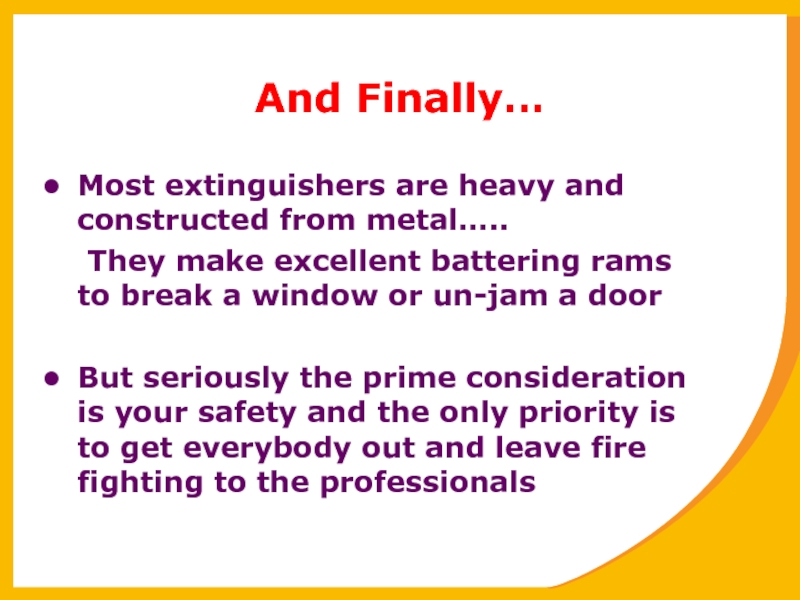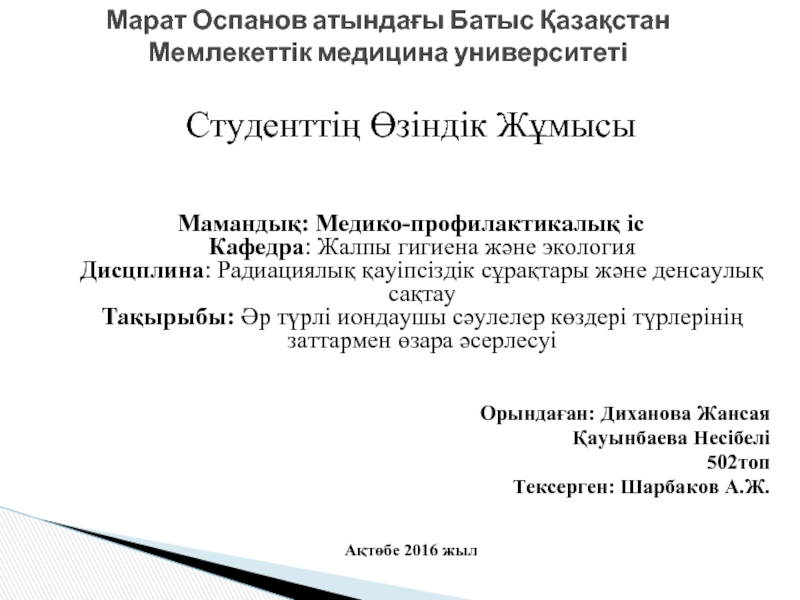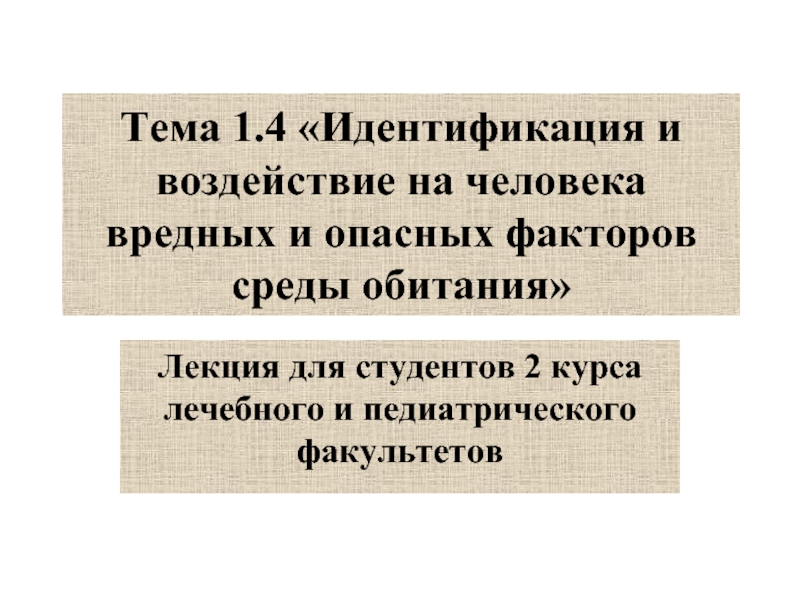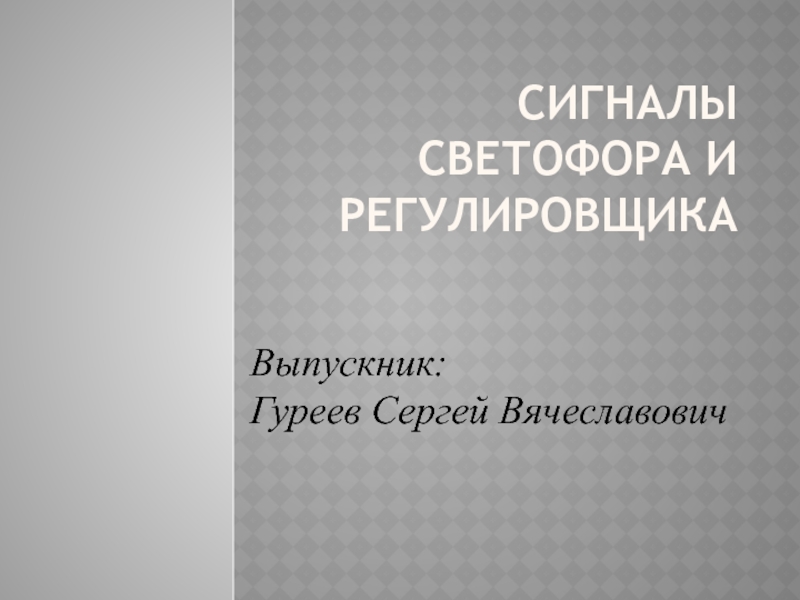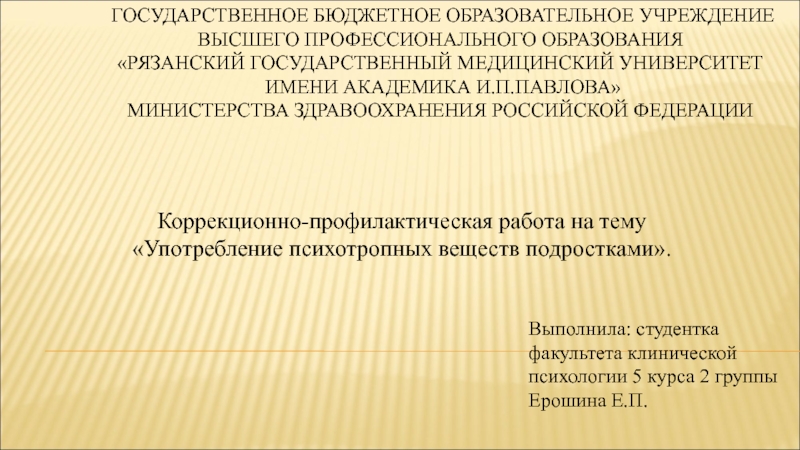- Главная
- Разное
- Дизайн
- Бизнес и предпринимательство
- Аналитика
- Образование
- Развлечения
- Красота и здоровье
- Финансы
- Государство
- Путешествия
- Спорт
- Недвижимость
- Армия
- Графика
- Культурология
- Еда и кулинария
- Лингвистика
- Английский язык
- Астрономия
- Алгебра
- Биология
- География
- Детские презентации
- Информатика
- История
- Литература
- Маркетинг
- Математика
- Медицина
- Менеджмент
- Музыка
- МХК
- Немецкий язык
- ОБЖ
- Обществознание
- Окружающий мир
- Педагогика
- Русский язык
- Технология
- Физика
- Философия
- Химия
- Шаблоны, картинки для презентаций
- Экология
- Экономика
- Юриспруденция
Fire and Burns презентация
Содержание
- 1. Fire and Burns
- 2. Fire Awareness Fire is the rapid oxidation is the rapid oxidation of
- 3. Consequences of Fire Loss of life Loss
- 4. What is Fire? The rapid oxidation of
- 5. Sources of Ignition Smoking Electrical equipment Heaters Process machinery Contractors tools and equipment Arson
- 6. Fuels Paper and boxes etc Packaging (polystyrene
- 7. Classes of Fire- BS En 2 A
- 8. Basic Fire Prevention Be mindful of Fire
- 9. On Hearing the Alarm This may include
- 10. Do Not Fight a Fire if It
- 11. If You Discover a Fire Raise the
- 12. Types of Extinguisher-Water Red body Suitable for
- 13. Types of Extinguisher-Foam Red Body with Cream
- 14. Types of Extinguisher-Powder Red body with blue
- 15. Types of Extinguisher-Carbon Dioxide Red body with
- 16. Types of Extinguisher-Fire Blanket Any colour body
- 17. Types of Extinguisher-Wet Chemical Red body with
- 18. How to Use an Extinguisher Pull the
- 19. How to Use an Extinguisher Squeeze the
- 20. Fire Signs
- 21. Maintenance and Inspection Detection and Alarm systems
- 22. And Finally… Most extinguishers are heavy and
Слайд 2Fire Awareness
Fire is the rapid oxidation is the rapid oxidation of a material in the exothermic is the
Слайд 3Consequences of Fire
Loss of life
Loss of friends or family
Injury or disability
Loss
Loss of irreplaceable belongings
Financial (uninsured losses and premiums)
Слайд 4What is Fire?
The rapid oxidation of a fuel evolving heat, particulates,
Fire Triangle
Слайд 5Sources of Ignition
Smoking
Electrical equipment
Heaters
Process machinery
Contractors tools and equipment
Arson
Слайд 6Fuels
Paper and boxes etc
Packaging (polystyrene beads etc)
Plastics
Solvents
Soft furnishings (Mattresses, cushions)
Furniture
Waste materials
Слайд 7Classes of Fire- BS En 2
A - Free burning materials, paper,
B - Flammable liquids, petrol, solvents etc
C - Flammable gases, methane, hydrogen etc
D - Metals, potassium, sodium, magnesium etc
F - Cooking fats
Electricity can be involved in any class of fire
Слайд 8Basic Fire Prevention
Be mindful of Fire Safety
Don’t block fire exits, call
No smoking policy
Take care with any hot process, follow manufacturers instructions
Maintain any machinery
Observe good security
Don’t wedge Fire Doors
Слайд 9On Hearing the Alarm
This may include providing assistance to other persons
evacuating area by area
But Generally
Walk quickly but don’t run, closing doors behind you
Leave the building immediately by the nearest exit
Do not delay your exit to collect your belongings
Do not use lifts
Attend the Fire Assembly Point and report to the Fire Warden or Responsible Person
Do not return until told to do so
Observe any instructions in your building evacuation plan
Слайд 10Do Not Fight a Fire if
It is bigger than a waste
One extinguisher is not enough
Smoke is affecting your breathing
You cannot see the way out
Gas cylinders or chemicals are involved
Your efforts are not reducing the size of the fire
There is any risk to yourself
Слайд 11If You Discover a Fire
Raise the alarm
Fight the fire if you
Evacuate as per normal fire procedure
Inform the Fire Warden or Responsible Person
Слайд 12Types of Extinguisher-Water
Red body
Suitable for use on Class A Fires, wood
Not suitable for combustible liquids, cooking fats etc
Not safe to use on fires involving electricity
Extinguishes by cooling
Слайд 13Types of Extinguisher-Foam
Red Body with Cream label
Suitable for Class A
Not suitable for use on fires involving electricity
Extinguishes by cooling and sealing the surface of a burning liquid
Слайд 14Types of Extinguisher-Powder
Red body with blue label
Best on Class B (non-cooking
Works by chemically interfering with the combustion reaction
Слайд 15Types of Extinguisher-Carbon Dioxide
Red body with black label
Best on Class B
Extinguishes by reducing oxygen levels and cooling
Beware horn can become very cold (avoid touching in use)
Слайд 16Types of Extinguisher-Fire Blanket
Any colour body or label but they are
For use on any type of fire but best on small contained class B (flammable liquids, may include small cooking pans) fires and people on fire
Can be used on microwaves
Extinguishes by asphyxiating
Слайд 17Types of Extinguisher-Wet Chemical
Red body with Yellow Label
Suitable for class F
Not suitable for class B fires
Sprays foam as a fine mist to form a layer over the oil
Extinguishes by cooling and converting the oil into a soap
Misting action prevents splashing of the oil
Requires specialist training to use
Слайд 18How to Use an Extinguisher
Pull the pin this will allow you
to
Get the hose or nozzle ready for
use
Aim at the base of the fire to
hit the fuel…if you aim at the
flames the extinguishing agent
will pass through and do no
good
Pull Aim Squeeze Sweep
Слайд 19How to Use an Extinguisher
Squeeze the top handle, this
depresses a button
the pressurised extinguishing
agent
Pull Aim Squeeze Sweep
Remember: Start using the extinguisher from a safe distance away, say 2-3m, and then slowly move forward. Once the fire is out, keep an eye on the area in case it reignites.
Sweep from side-to-side until the fire is completely out
Слайд 21Maintenance and Inspection
Detection and Alarm systems should be tested weekly and
Fire extinguishers and other fire fighting equipment should be checked at a frequency determined by risk (but at least monthly) for location, condition and state of charge and serviced by a competent person annually
Any Fire fighting device must be replaced, serviced or checked by a competent person after any use
Слайд 22And Finally…
Most extinguishers are heavy and constructed from metal…..
They make excellent
But seriously the prime consideration is your safety and the only priority is to get everybody out and leave fire fighting to the professionals
